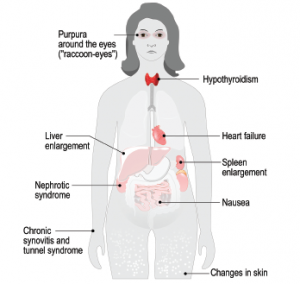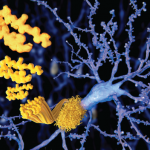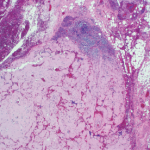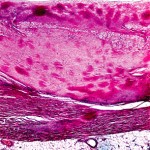
Designua / shutterstock.com
SAN DIEGO—Treatments do exist that can improve the prospects of a patient with the rare disease amyloidosis, but only if clinicians keep the disease in mind and treat the patient before it’s too late, an expert said at the 2017 ACR/ARHP Annual Meeting this past November. He also discussed research that may be close to verifying a new drug treatment for the devastating disease.
“The first and most important thing I want to say to you is, think amyloidosis,” said Sir Mark Pepys, MD, PhD, professor of medicine at University College London in England. Dr. Pepys has been studying amyloidosis for decades, and he founded the UK National Amyloidosis Center, also in London. “Please remember to think amyloidosis when you’re confronted with any clinical case at all. Systemic amyloidosis can mimic just about any clinical presentation you want to talk about, and if you don’t think of it, you’re not going to do the right diagnostic investigations. If you don’t make the diagnosis, the patient will suffer.”
The disease is caused by an accumulation of abnormal protein fibers, called amyloid fibrils, that damage tissues and organs. The body can’t effectively clear these amyloid deposits, which are all but ignored by the normal mechanisms for debris removal. In systemic amyloidosis, the precursors of the fibrils are circulating globular proteins that become misfolded because of an instability that can be inherent, acquired or hereditary.
Rheumatologists are most likely to encounter amyloidosis that arises from chronic inflammatory conditions, but it has become less common as these diseases have been managed better. Amyloidosis is not the rarest disease, but “most clinicians have probably never seen a case, or know that they’ve seen a case, in their whole clinical career,” Dr. Pepys said. This means many patients aren’t diagnosed until they have advanced disease, and “as a result, their prognosis is dreadful despite major recent advances in treatment and much better outcomes [available] if you’re diagnosed and treated early in specialty centers.”
Current & Future Treatments
The current idea behind disease treatment is to keep patients alive for as long as possible while efforts are made to remove the precursor protein forming the fibrils and improve the function of failing organs.
Genetic techniques (e.g., antisense oligonucleotides and a drug designed to silence specific messenger RNA) have been developed to target hereditary forms of amyloid deposition and have moved into Phase 3, with some encouraging results, Dr. Pepys said.


